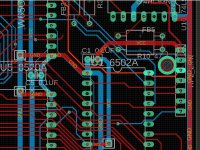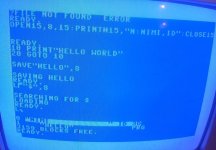VintageVic
Experienced Member
Yes,
this has been done before. Now I took the challenge if I'm able to do it again.
Not only that, but I decided to make a youtube mini series of the project.
That takes another set of skills which I need to learn. So here goes part one:
I hope it is entertaining despite my Finnish accent and other little lackings.
this has been done before. Now I took the challenge if I'm able to do it again.
Not only that, but I decided to make a youtube mini series of the project.
That takes another set of skills which I need to learn. So here goes part one:
I hope it is entertaining despite my Finnish accent and other little lackings.


